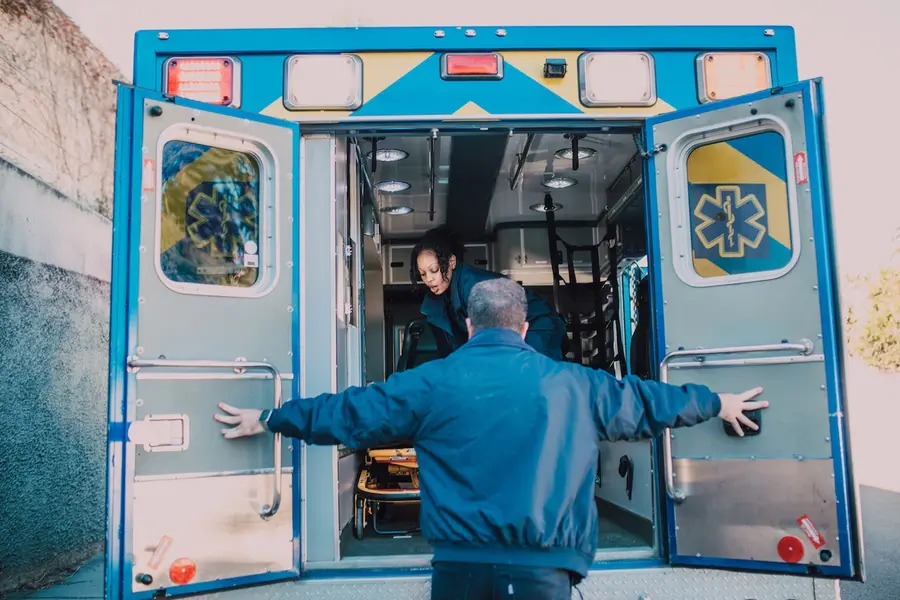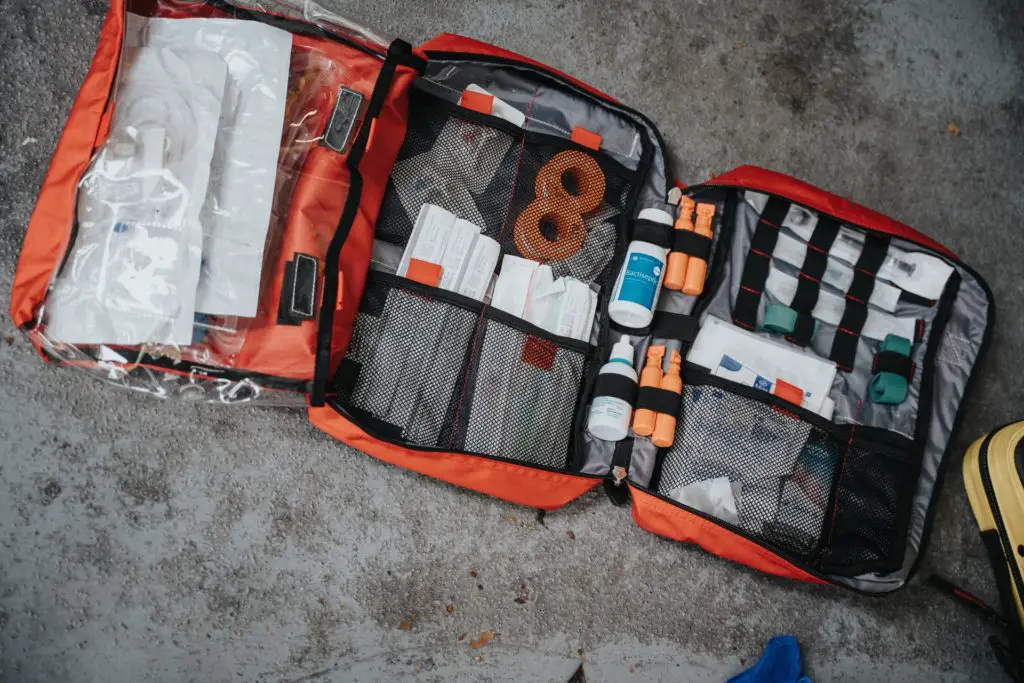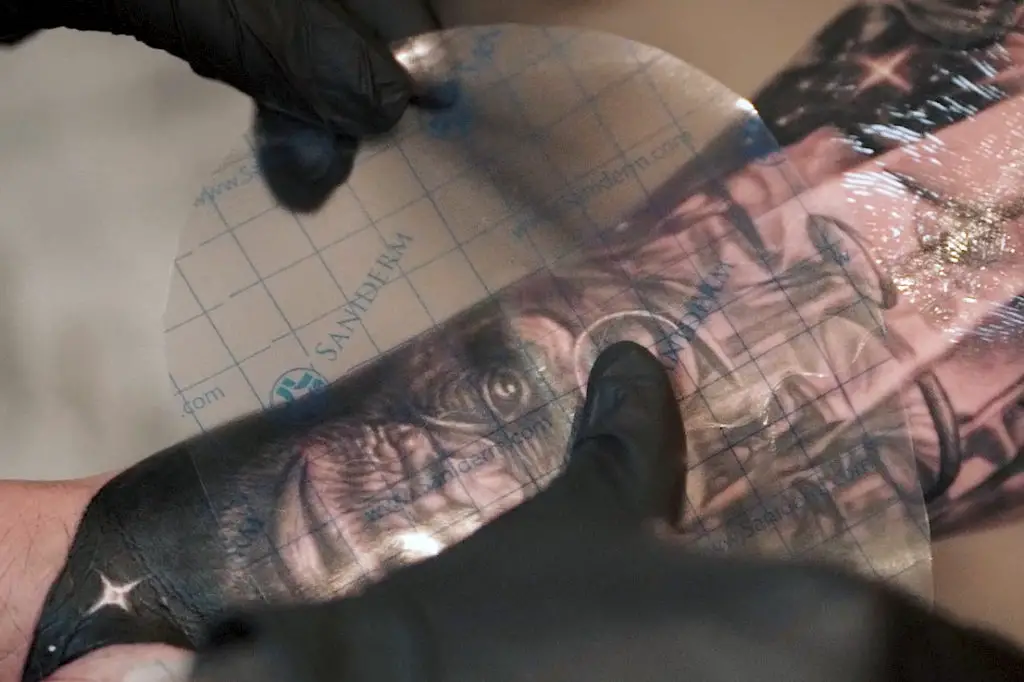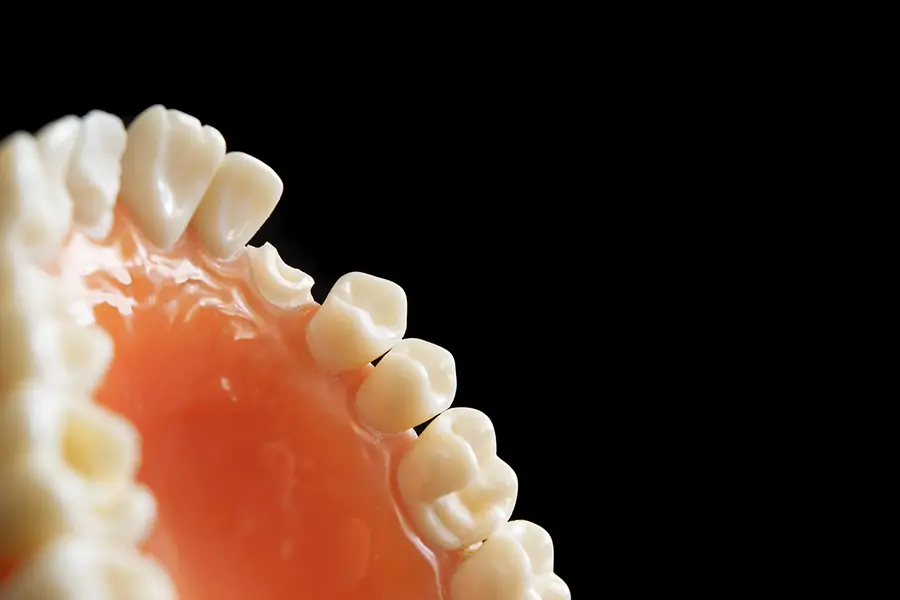Welcome to the wonderful world of working in EMS (short for Emergency Medical Services)! Working on an ambulance is an incredible mix of excitement and exhaustion, but you should be proud of the difference you are making in your community at the end of a shift. So, let’s get you geared up!
As an EMS provider, your gear is a part of you, and you will likely use most, if not all, pieces every shift you work. Here is a list of the essential gear you will need to work in EMS. Some of the items do have links to the products.
Please note that I have no affiliation with any of the products highlighted below. The suggested products are simply my honest preference based on my personal experiences; however, I would still encourage you to do your own research before purchasing anything so you can get exactly the item you want and need for your new career.
A flashlight
While this might seem like a no-brainer, a flashlight is important for any EMS provider. Can’t see the address numbers on a house at night? Lean out the window with your flashlight and get to searching. At a car accident scene and think there may have been another victim ejected from the vehicle? Take your flashlight and start shining it around to find them. Need to signal another unit or firetruck or police vehicle where you are? Have your flashlight ready to guide them to the scene.
The flashlight you choose should be small, lightweight, powerful, and durable. There is a wide price range for these types of small tactical flashlights, but since you will find yourself utilizing this piece of equipment often, the recommendation would be to spend a little extra and get something that will last.
Recommendation: GearLight Flashlight, Zoomable Tactical Flashlights High Lumens (Amazon link)

A penlight
But wait? The item above is a flashlight, why do I need a penlight also? Well, the flashlight above should be bright enough to use at night to see a wide variety of items, so it is far too powerful to use to look into a patients’ eyes.
A penlight will be used to look into your patients’ mouth, assess their head, face, and neck for injuries, and look at pupils to determine level of consciousness or even to rule out a stroke.
A durable penlight – not one of the free cheap ones they give away during EMS week – you need one that doesn’t rattle when you put it back in your pocket.
When shopping for a penlight, look for high quality LED pen lights that are sold individually or in pairs. Pen lights that are sold in bulk are the cheap kind that will not last long.
A stethoscope
Every professional EMS provider, EMT or Paramedic, should carry a stethoscope. We have an entire post dedicated to stethoscopes and recommend you look over that for details and information to help aid your decision.
Whether you will be using your stethoscope to obtain a patient’s blood pressure, or listen to lung or heart sounds, the EMS provider most certainly will be using their stethoscope every shift, if not every call. This means that your stethoscope choice should be durable, reliable, and have high quality sound.
The best advice is to read and research about a variety of stethoscopes that are within your budget so that you can make the most educated choice. Purchasing a cheap or low-quality stethoscope should not be an option for you as many ambulance services do provide a stethoscope or two on the ambulance as part of standard equipment. Another article will discuss this more in depth, but for now, just understand that when it comes to stethoscopes, you get what you pay for, so do not go too cheap. A budget of $100 is an excellent place to start and should get you a reliable and decent quality stethoscope.
A watch
How on earth will you tell whether it’s lunchtime or not? Of course! You need a watch to do that. But remember, working in EMS means you will be working in a variety of situations, indoors and out, during all sorts of inclement weather. So, your watch will need to be hardy and able to withstand whatever type of mayhem your day has in store for you.
All joking aside, accurate documentation of timing while on scene is an important factor to remember when purchasing a watch. Find one with either a seconds hand OR a digital readout of seconds. This will assist you while taking vital signs and help you keep track of how long you are with the patient.
Some EMS providers will say to just buy a cheap watch because they get abused so much in the field, others will tell you to spend hundreds of dollars on a high-quality tactical watch. The best advice for a new EMS provider would be to find a durable and quality watch for a fair price.
We have a post dedicated to watches here.
Recommendation: Classic Casio G Force wrist watch (Amazon link)

Small portable pulse oximeter
As an EMS provider, the cardiac monitor you carry will of course have a pulse oximeter on it. However, the monitor is big and bulky, and at times, it might take time to set down and unpack. Carrying a finger-sized portable pulse oximeter is an excellent small piece of equipment to add to your gear.
Assessing a patient’s oxygenation is one of the many things you will perform on nearly every patient. At times, you might find yourself in tight quarters, for example, on the side of a road, or in a stairwell, or in a bathroom stall. In all these situations, while talking to the patient, it is so easy to simply take out the finger pulse oximeter and place it on the patient. This gives you a quick reading and helps paint the picture of the patient’s overall status.
Another good reason to have a back-up is that sometimes the cardiac monitor might fail or the pulse oximeter on the monitor is not working properly. In those cases, having a back-up piece of equipment is crucial. A word of advice as well, keep a close eye on your finger pulse oximeter, they are small and easy to leave behind on a scene!
Recommendation: AccuMed Pulse Oximeter (Amazon link)

Blood Pressure Cuff
Obtaining a patient’s blood pressure is an assessment you will be obtaining on every single patient. Some EMS providers like to take their first blood pressure manually, others only check a manual pressure if the automatic blood pressure machine appears to be faulty. However you choose to practice, having a back-up blood pressure cuff is never a bad idea.
A manual blood pressure cuff is small and easy to carry, but at certain times, like on a noisy scene, it might be difficult to hear while obtaining a blood pressure. In these scenarios, the EMS provider would obviously want to use their monitor.
But, like we discussed above, you might find yourself in a tight spot where the large cardiac monitor is going to be difficult to unpack. Having a small portable electronic or manual blood pressure cuff will be critical in these moments.
Recommendation: Electronic BP cuff

Trauma shears
A decent pair of trauma shears are another key piece of the EMS provider’s gear. While the ambulance service might have a pair or two of these supplied already, they are usually very flimsy and cheap. Trauma shears are excellent for not only exposing a patient quickly to find wounds or bleeding, but they are great for cutting seat belts, rope or twine, netting, or whatever else you might find wrapped around a patient.
Some EMS providers carry multitools that have trauma shears with a variety of other accessories as well. While these can be nice to have, those shears are normally expensive and heavier. Trying to keep the weight of all your gear to a minimum should be a priority and using a high-quality, lightweight pair of trauma shears is one way to accomplish this.
You might find yourself down the road wanting to buy a pair of more expensive trauma shears, such as the Raptor by Leatherman, and that is fine. But for starters, we recommend starting with something like the shears listed below.
Recommendation: Madison Supply Trauma Shears (Amazon link)

Notepad & pens
Like any good EMS provider, taking notes on every patient encounter is critically important for a variety of reasons. Having that information for your hospital hand-off report or for your electronic health record is vital. While some EMS providers do jot down small notes on their gloves, having a small notebook and pen are important pieces of equipment.
Writing down patient information, addresses from dispatch, phone numbers of patient family members you might need to contact, medications or medical history, all of these would require you to have something both to write on and write with.
Buy a pack of small top flip notebooks, and when one is filled up, do not toss it, keep it in a plastic storage bin at your home. You never know when the information in that notebook might be important for you to refer to.
When looking for a pen, don’t buy a pack of super cheap pens, these will break on you at some point on a call and you’ll end up with ink all over you. Does this mean buy a $45 dollar silver plated ballpoint pen? Absolutely not, but cheap pens will simply not last in the field.
This is one item where you’ll have to go through trial and error with several different products to find the one you like. Every EMS provider that you talk to will have an opinion on the best pen, but you will need to find the one that suits you. Just remember: You get what you pay for.
EMS pocket guide
An EMS pocket guide is a much-needed piece of gear, especially for the new EMS provider. These pocket guides contain everything from medication doses to EKG interpretation guidance. A good EMS pocket guide is often even used by paramedic students while they are in school because it contains so much vital information regarding the field of EMS.
Flipping through one of these pocket guides on the way to an emergency call is a great way to review something, such as a condition or medication, and help get in the right mindset before the call. You cannot be expected as an EMS provider to remember everything you learned in school. Having a good reference item, such as the suggested product below, will only serve to make you a better EMS provider.
Recommendation: EMS Field Guide, 20th version

EMS Pants and EMS boots
Both items are important for the EMS provider. EMS pants are specifically designed for EMS providers with a variety of pockets and places to put equipment, such as pens and trauma shears. A good pair of EMS pants are very durable and can last for years. Do not go cheap when purchasing these pants. And make sure you try on several different pairs to find one that fits well, and you feel comfortable in. Remember, you will be wearing them for 12-24 hours at a time.
EMS boots are another important piece of gear for the EMS provider. Buying a cheap pair of EMS boots will have dire consequences on both your feet and your back, so make sure you research and find yourself a decent pair. Our recommendation would be to start with 5.11 Tactical Boots and try anything comparable in both price and quality.
Many EMS providers also utilize shoe inserts to add an extra layer of comfort, remember, you will be on your feet for many hours while working in EMS, make sure you take care of yourself.
Final Thoughts
All these above items are important pieces of equipment for the EMS provider. We recommend you utilize and complete a variety of research on your own as well to find the gear that suits you best in your practice. Good luck out there and stay safe!





I found it quite helpful when you told us that an EMS pocket guide will be beneficial for new EMS providers since they contain everything vital that they need to know when handling emergencies. I’ve always wanted to work in the medical field, so I’m considering applying at an EMS facility once I’ve taken the exam to become a registered medic. I’ll take note of what you said while I look for an EMT test prep course I can take soon to help me with the job I want.